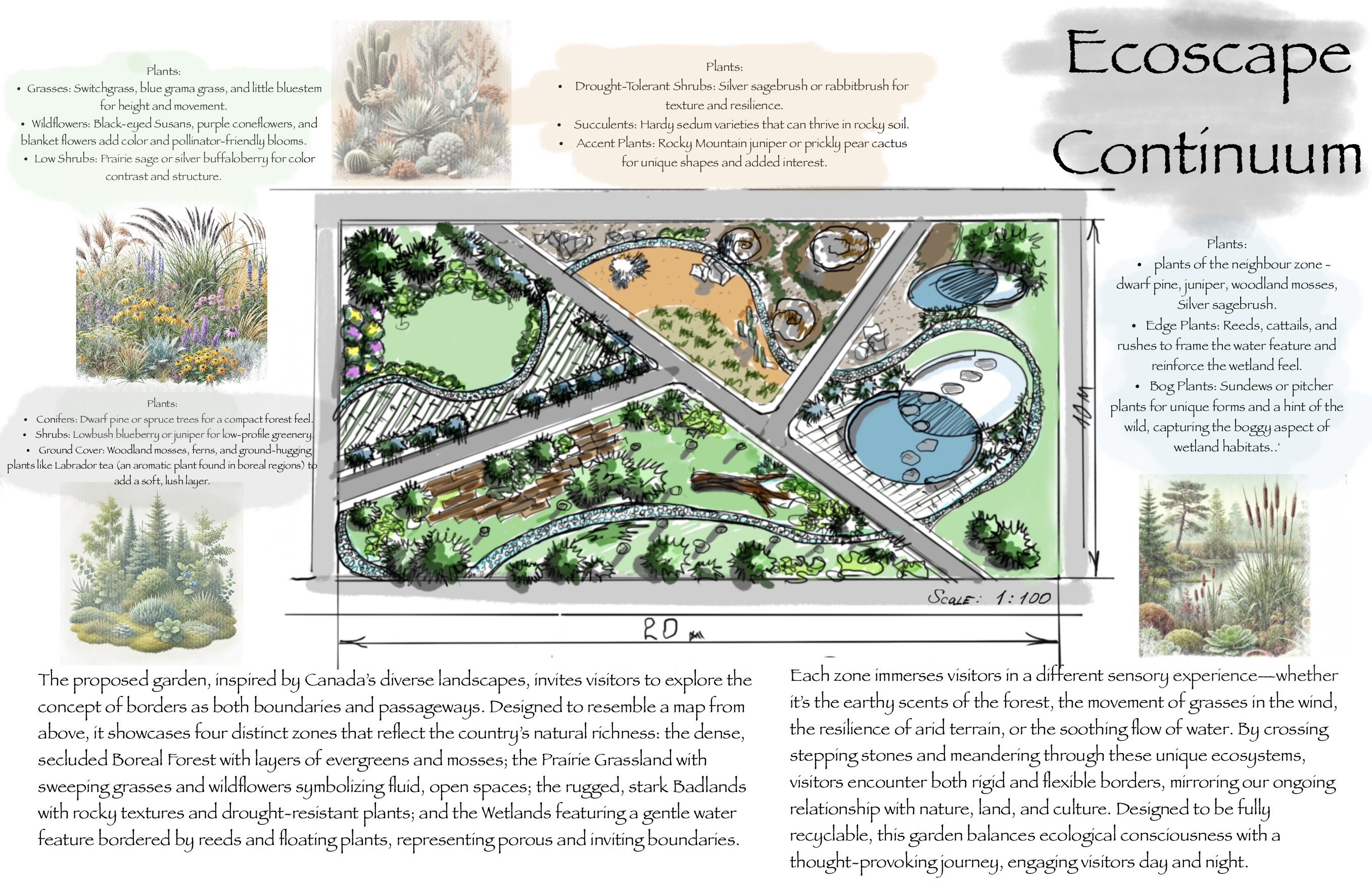In the Netherlands, spring brings an array of beautiful butterflies such as the Brimstone, Aurora, Little Fox, Orange Tip, Comma, Peacock, Red Admiral, Small Tortoiseshell, Common Blue, and Large White butterflies. These delicate and colorful creatures are a true marvel of nature and a joy to watch. By creating a butterfly-friendly garden, you can enjoy these beautiful visitors while contributing to their survival.
The Role of Gardens in Supporting Butterflies and Bees
Gardens play a crucial role in supporting butterfly and bee populations by providing vital habitats and food sources. Planting a diverse range of nectar-rich flowers, including native species, can attract these important pollinators to your garden. Some excellent choices for attracting butterflies include milkweed, butterfly bush, black-eyed Susan, zinnia, salvia, and verbena. Incorporating these plants not only enhances the beauty of your garden but also encourages the growth and survival of butterflies.
Incorporating Host Plants for Butterfly Larvae
To create a thriving butterfly garden, it's essential to include host plants for butterfly larvae. These plants serve as food sources for caterpillars, ensuring that the next generation of butterflies can flourish. Milkweed is particularly important for monarch butterflies, while other species like black-eyed Susan and verbena support various other butterflies.
Providing Shelter and Habitat
In addition to food sources, butterflies and other beneficial insects need shelter and habitat. Building insect hotels or providing nesting sites can offer refuge for solitary bees, ladybugs, and other helpful insects. Butterflies prefer to rest in warm, sunny areas such as unplanted ground patches, gravel paths, and dry stone walls made of stacked natural stones. These features provide suitable surfaces for butterflies to bask in the sun and warm their wings.
Designing a Butterfly-Friendly Garden
When designing your butterfly garden, consider the following tips to meet the needs of these important pollinators:
- Plant a variety of nectar-rich flowers: Choose a mix of colors and blooming periods to provide continuous food sources throughout the seasons.
- Include native species: Native plants are well-suited to the local environment and are often more attractive to local butterfly species.
- Create sunny, sheltered spots: Butterflies thrive in warm, sunny areas, so incorporate spaces where they can bask and rest.
- Build insect hotels and nesting sites: Provide additional habitats for butterflies and other beneficial insects to shelter and breed.
- Incorporate water sources: A shallow water dish with stones for perching can provide a vital drinking spot for butterflies.
By designing your garden with these considerations in mind, you can create a beautiful and thriving ecosystem that benefits both wildlife and humans. A butterfly garden not only adds to the visual appeal of your space but also supports the vital role of pollinators in our environment. Enjoy the sight of these enchanting creatures and take pride in contributing to their conservation and well-being.



